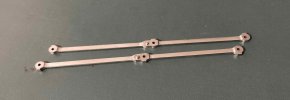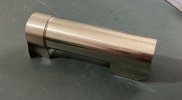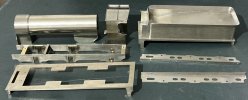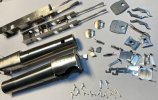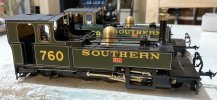Dave Holt
Western Thunderer
Tom.
As others have already said - absolutely superb modelling. A firm favourite of mine (I was a supporter of the Lyd project, and still love to see it at the FfR), I too look forward to seeing them painted.
It really was a shame we couldn't meet up on Saturday as I very much would have enjoyed seeing the locos in the flesh, so to speak.
Dave.
As others have already said - absolutely superb modelling. A firm favourite of mine (I was a supporter of the Lyd project, and still love to see it at the FfR), I too look forward to seeing them painted.
It really was a shame we couldn't meet up on Saturday as I very much would have enjoyed seeing the locos in the flesh, so to speak.
Dave.




